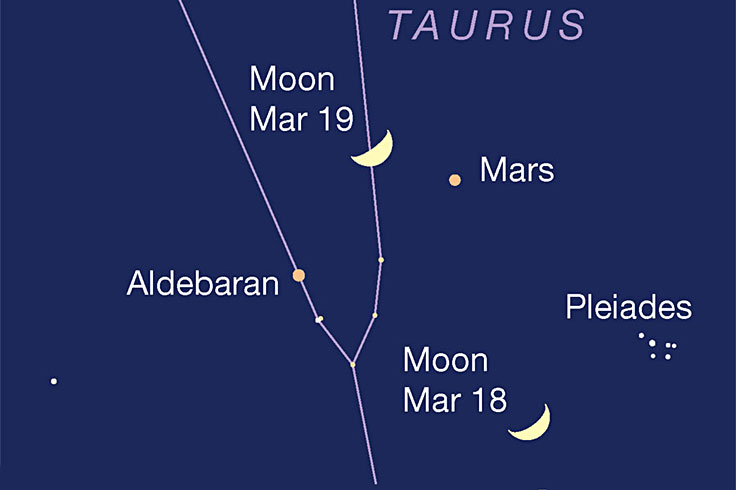As you are well aware the "light" we study has travelled incredible distances through space to make it to our instrumentation. I've been told space is not empty. It seems somewhat plausible to me that the radiation might pass through something along the way with which it interacts, possibly modifying it in some way.
As I noted above, photons (EM propagations) certainly do interact with the ISM. This is well known. There are astronomers that study this in great detail because adjustments are made to all spectra that need to take the extinctions -- the amount of light per wavelength that was emitted by we don't see -- into account.
There are two basic forms that cause extinctions:
1) Scattering.
There are multiple ways to address scattering and the equations take the wavelength into account. If the photons of a given wavelength encounter a particle that is smaller than the wavelength, then Rayleigh Scattering addresses the scattering involved. Halley, after work form Tyndall, developed the equation that demonstrates that the amount of scattering is a 4th power law. For instance, take blue light (or violet) at 400nm and notice that it will scatter 16x (2^4) more often than deep red at 800nm.
This is why our sky is blue. The no. of photons (flux density) in the blue band from sunlight entering our atmosphere is almost the same number as red photons, but the small air particles including nitrogen, along with pollen, aerosols, etc. cause the blue in sunlight to scatter in various directions. These photons then scatter again from the air above for the same reason, creating a blue sky.
Mie Scattering demonstrates that particles larger than the wavelength of the photons being considered will allow them to scatter primarily forward and back, but not to the side very much. [Einstein helped a co-author on a paper that gives the physics to this, IIRC.] This is why thin clouds can still be bright and why, from above, they are bright white -- the actual color of sunlight. Mie Scattering doesn't favor one color over another, unlike Rayleigh Scattering.
There are other scattering models as well.
2) Absorption. I suspect that the particle densities are taken into consideration. So, a certain percentage of the sky will block starlight. It's very likely that the reduction is well known for any given region of the sky, and is also taken into account since magnitudes are so important.
These extinctions are easiest, perhaps, to see in Bok Globules where the edges of these dark clouds are both dim and red, and for the 2 reasons above.
The particle sizes on Mars (ie CO2) and dust are larger so they don't scatter blue light the same way. But, the sky around the Sun appears blue, oddly enough. This is because the wavelength of red and the particle sizes on Mars are essentially the same, so "Selective Scattering" takes place where the red light scatters as our blue light does in our atmosphere. But the blue light on Mars still passes through but dimmed by absorption.



